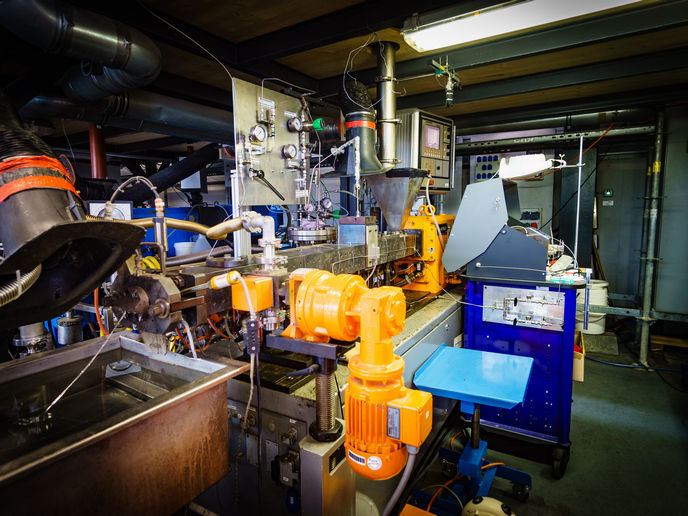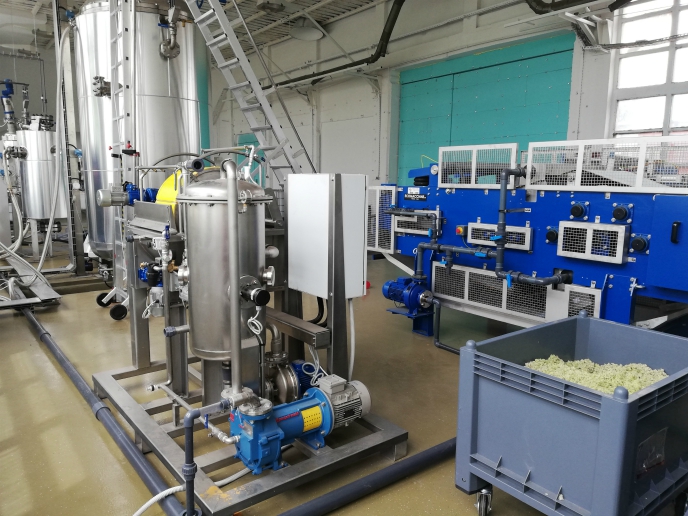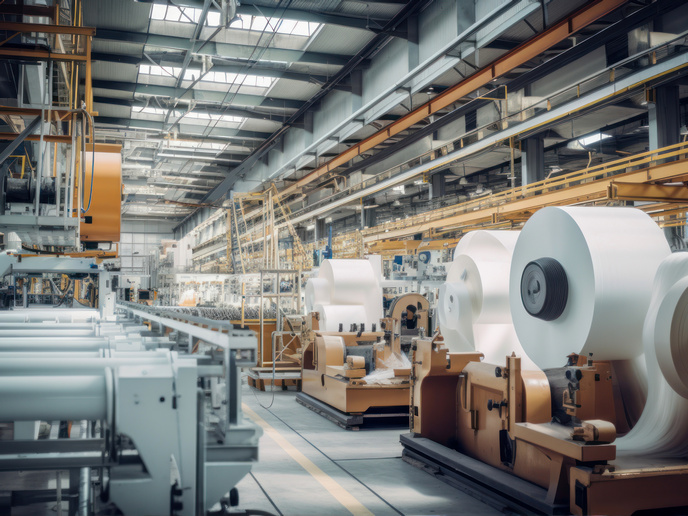Revolution in flame retardant removal for a sustainable future
Halogenated flame retardants, once considered essential for fire safety in products, pose environmental and health concerns, leading to bans on substances such as some brominated flame retardants (BFRs), like HBCD. Addressing this issue, the CREAToR project(opens in new window) aimed to develop a process to remove these BFRs from waste materials in the building and electronics sectors while promoting recycling and reuse. CREAToR focused on developing and demonstrating a process to remove BFRs from waste streams, involving innovative technologies like supercritical CO2 and natural deep eutectic solvents (NADES) within twin-screw extruders for continuous extraction. The scope of this project approach covered the entire value chain, from waste collection to material reuse.
Efficient removal of brominated flame retardants
“We demonstrated this process at TRL5 for 20 kg of plastic waste per hour. At the moment we are able to remove 50 % of the brominated FR HBCD within minutes. By comparison, the traditional batch extraction process based on organic solvents can only be completed after several hours,” says project coordinator Irma Mikonsaari. The project also established a pilot line for identifying and sorting materials containing BFRs, offering potential industrial applications for hazardous substance separation. This pre-commercial line is based on laser-induced breakdown spectroscopy and is applicable either as stand-alone process or prior to the materials’ purification.
From waste to newly functional
CREAToR successfully repurposed purified materials, such as polystyrene (PS) and acrylonitrile butadiene styrene (ABS), for applications such as building insulation panels for use in ETICS and automotive components. The PS and ABS obtained from waste electrical and electronic equipment (WEEE) collection were readily available, thanks to the industrial project partner's large-scale collection infrastructure. However, sourcing PS from construction and demolition waste (CDW) posed challenges. In the CDW sector, there is no established practice for separating PS as a valuable component; instead, PS tends to be mixed in with other waste materials. “After several screenings of several sorting methods, a high efficiency of the automated separation of the stream could not be obtained and the material was finally collected manually,” adds Mikonsaari.
Less burning, more reapplication
A highlight of the project is how CREAToR offers a sustainable alternative to incinerating BFR-containing materials, mitigating negative environmental and economic impacts. Combining CREAToR with other removal methods from similar projects could enhance its environmental benefits. Parts of this study, analysing the economic and environmental impact of the CREAToR process, have been published and can be found here(opens in new window). Post-project, CREAToR continues knowledge dissemination, showcasing at fairs such as Fakuma 2023(opens in new window), and process refinement, exploring new applications for odour removal during polymer recycling, as researched by the SURPASS project under Horizon Europe. “We want to continue the development of our processes to a higher TRL and open up new possibilities for reusing the purified polymers,” concludes Mikonsaari.







